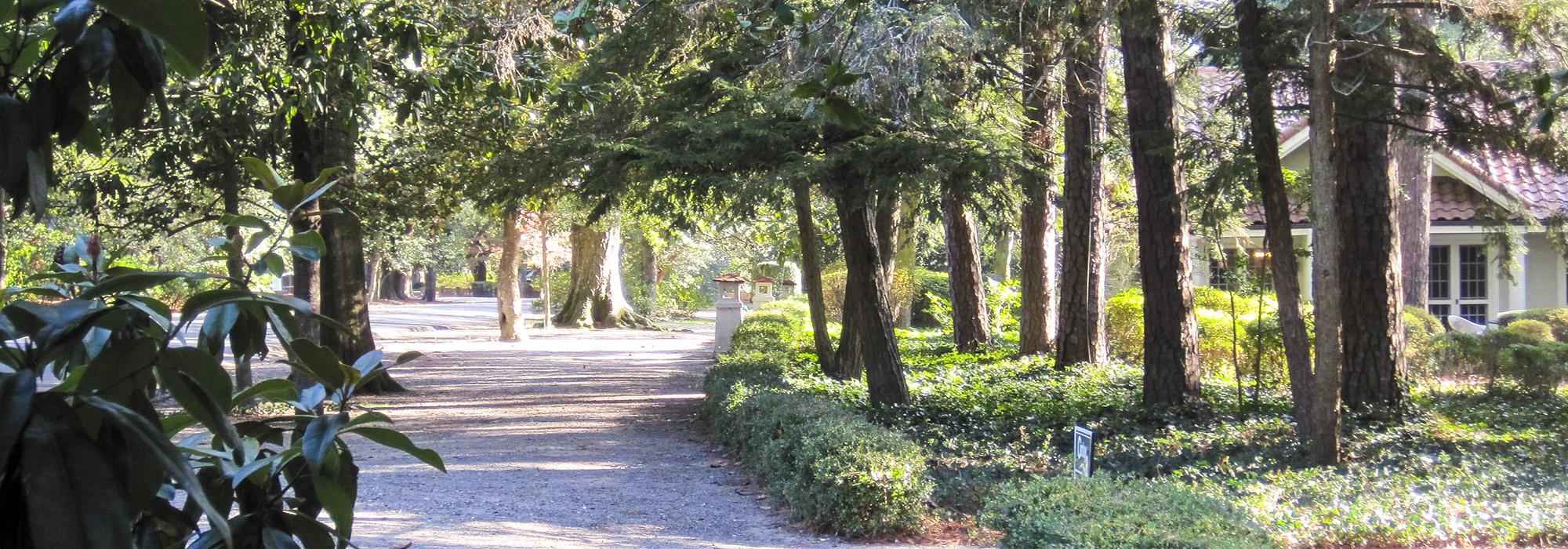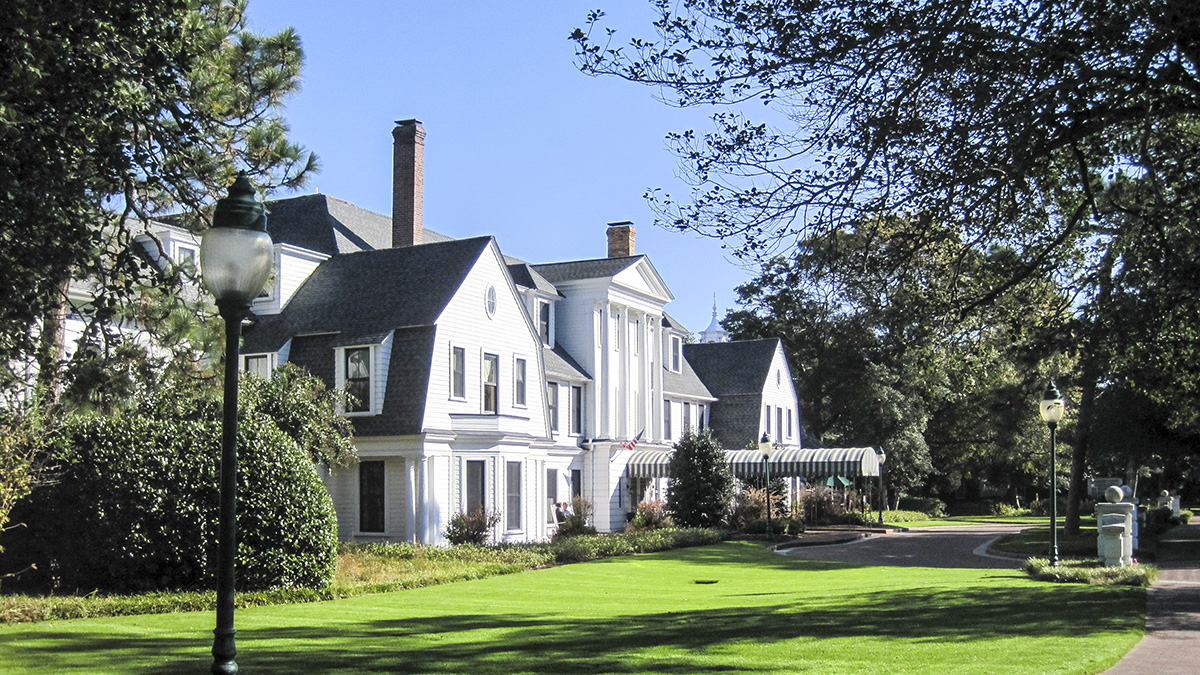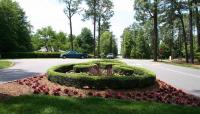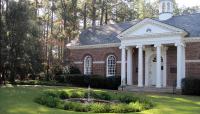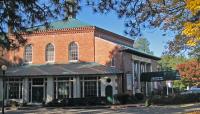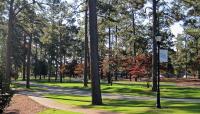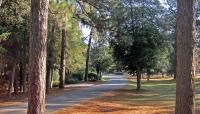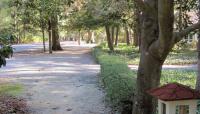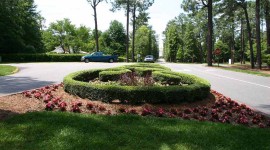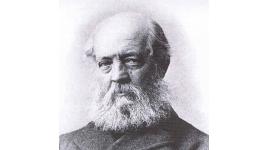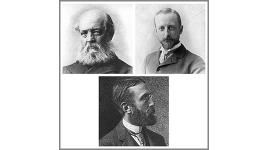Landscape Information
In 1895, James Walker Tufts of Boston commissioned the firm of Olmsted, Olmsted, and Eliot to design one of the earliest planned resort communities in the U.S. Warren H. Manning carried out Frederick Law Olmsted, Sr.’s, plan, ultimately working with Pinehurst and the Tufts family for 46 years.
Settled across broad ridges and valleys, the 100-acre resort centers around a village green nestled into a shallow amphitheater-like depression. Concentric and radial curvilinear streets are lined with a diverse range of hilltop homes, each set 36 feet back from the street. Though this arrangement created generous expanses of open space, the naturally sandy soils of the site complicated the development of a more park-like setting. More than 225,000 plants were added during construction, with a preference for native plants and a dual emphasis on spring blooming flowers and winter evergreens. Sunken street-side planting beds doubled as gutters; originally nearly 12 feet wide, these spaces have been narrowed over time to accommodate wider roads.
Pinehurst is widely recognized today for its well-preserved Golf Course Number 2, designed by Donald Ross, and for Golf Course Number 4, which was the work of Robert Trent Jones and Rees Jones. Other site features include an equestrian center, pine grove, and deer park. Pinehurst was designated a National Historic Landmark in 1998.



